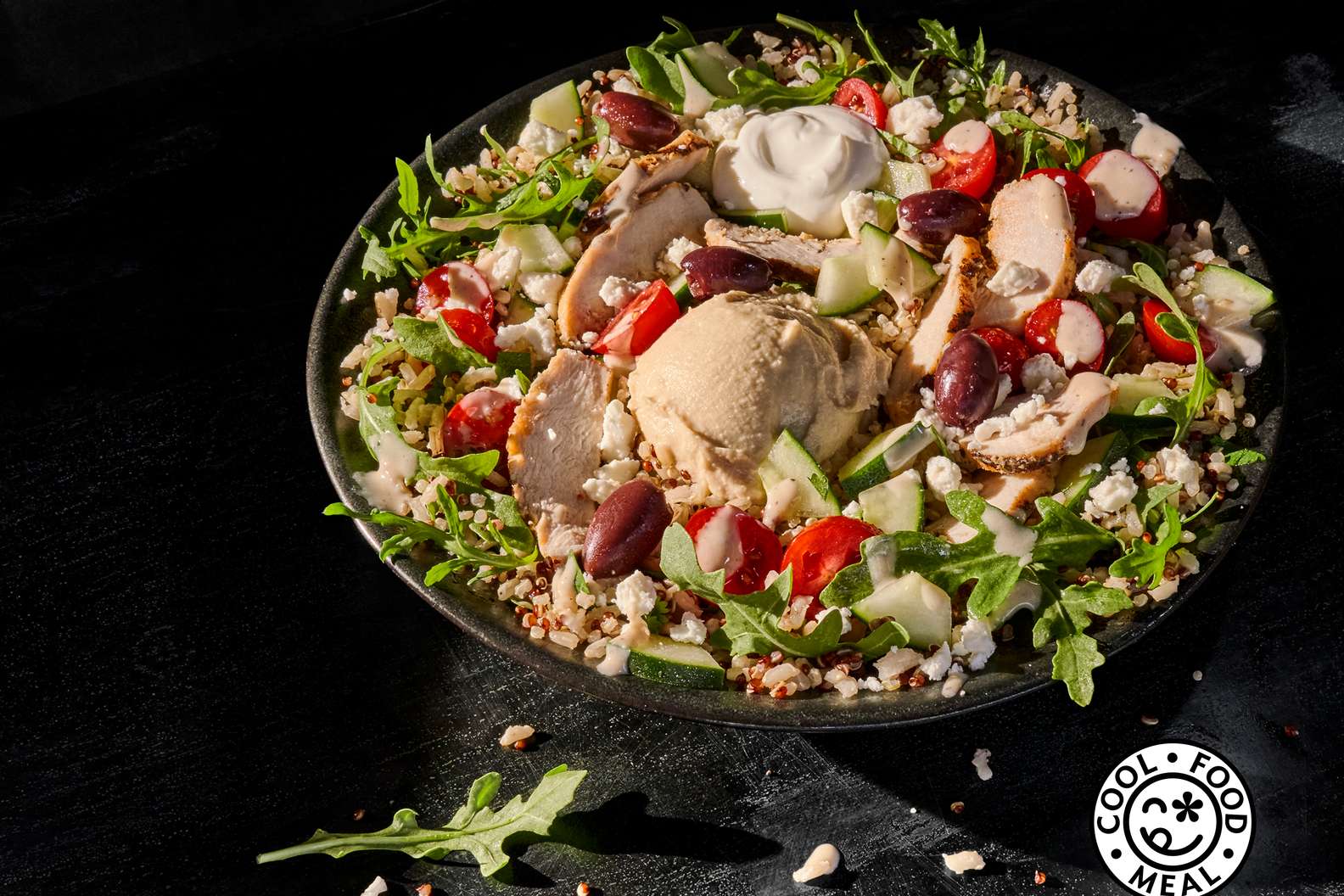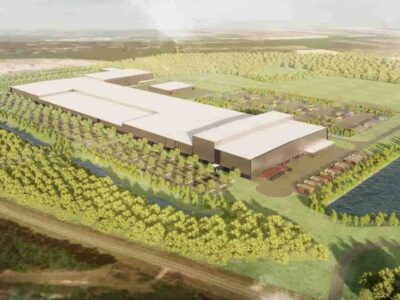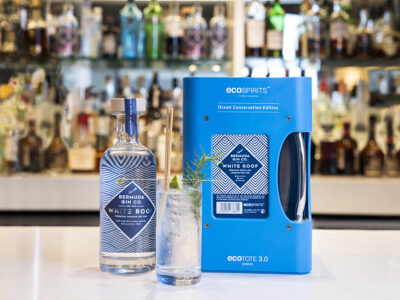Cool Food, Cool Planet: Panera Bread Announces New Label for a Food’s Carbon Footprint
For some time now, chain restaurants across the country have offered information to help consumers make healthier choices. Calorie counts, nutrition facts, and even details on where ingredients are sourced are often posted on menus and labels in an effort to help people make informed purchasing decisions.
Diners at Panera Bread will notice more than just nutritional information when perusing the menu. The fast-casual chain recently adopted a label to help customers identify which meals have a lower carbon footprint. Called Cool Food Meals, the labels are displayed next to any item that stays below the designated carbon emission threshold, and just above one-half of the total offerings on Panera’s menu qualify as Cool Food. Developed by the World Resources Institute, the Cool Food Meal label points to how some foods generate more carbon emissions than others. Food production accounts for 25 percent of all greenhouse gases, and the WRI has set a standard for the ideal carbon footprint of our daily diet – and it’s 38 percent less than the current daily average.
Consumers already encounter a host of food labels at the grocery store, with most of them related to nutrition facts or ethical production standards such as the Fair-Trade certification. But labels related to a food’s carbon footprint is a relatively new development. UK snack brand Walkers Crisps was the first to introduce carbon labels back in March 2007. But the labels were short-lived as they didn’t seem to resonate with customers at the time. Last June the conglomerate Unilever, owner of brands such as Ben and Jerry’s and Lipton, announced it would introduce carbon labels on products as part of an ambitious plan to reduce carbon emissions to net-zero by 2039. And U.S. chain Just Salad recently added carbon information to their menu, with a spokesperson adding “Our vision is for carbon emissions to become as prevalent and familiar as calorie labels.”
The evolution towards carbon transparency is perhaps motivated by shifting consumer attitudes. More and more, consumers want to understand what they’re eating, where it comes from, and what kind of impact the food has on personal health as well as the health of the planet. According to a 2018 survey, six out of ten Americans say it’s important to eat sustainable food. And a Yale University study found that half of those surveyed would choose more sustainable foods if they understood how certain foods impact the environment.
This kind of conscious consumerism has also given rise to the climatarian diet, which involves selecting foods based on their environmental impact regardless of whether or not a food is locally sourced. Just Salad says it’s the climatarian diet that prompted them to include carbon emission information on their menu.
Panera’s carbon label announcement could be the start of an industry-wide shift. Panera is the first national chain to embrace such labels, and the move is particularly notable because the Panera brand isn’t already associated with sustainability. It suggests sustainability is becoming more mainstream, and that larger food companies are paying attention to their impact on the planet and seeking to communicate that impact to customers. Panera’s marketing of Cool Food Meals will undoubtedly reach a broader customer base than a niche brand that specifically targets eco-conscious customers. And Panera’s move could spark real change in consumer habits. There’s some evidence that labels do affect consumer choices, whether it’s a nutrition-based label or a carbon emission label. Several countries have added warnings to soda and other sugary beverages, and according to a recent study, consumers are less likely to purchase these drinks. A small study at Chalmers Technological University in Sweden examined the impact of carbon emission labels on meals in the school’s cafeteria: high-carbon, meat-based meals saw modestly lower sales.
While it’s too early to tell how Panera’s Cool Food label will impact sales, the move is likely an indication that more food brands will soon jump on the carbon transparency bandwagon and help more consumers make healthy – and more sustainable – decisions along the way.





